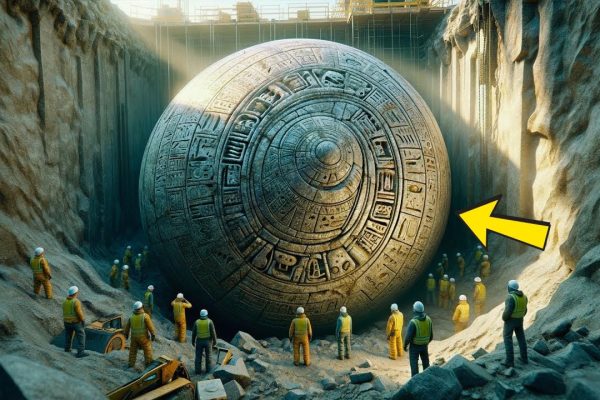
⚙️🏛 Top 10 Most Fascinating Inventions of the Ancient World
The ancient world was full of brilliant innovations that shaped human civilization. From groundbreaking engineering feats to everyday tools, many inventions from thousands of years ago still influence our lives today. In this article, we’ll explore the Top 10 Most Fascinating Inventions of the Ancient World, showcasing the ingenuity of our ancestors. 1. The Wheel…

